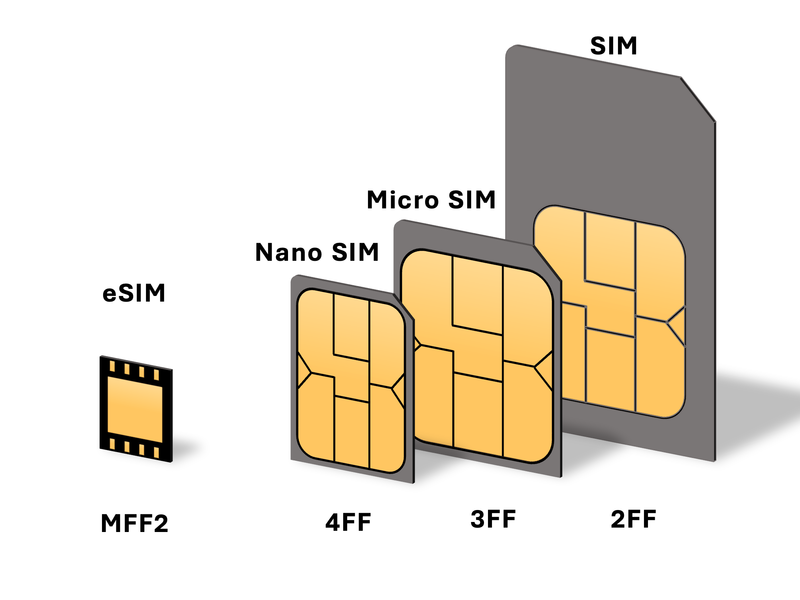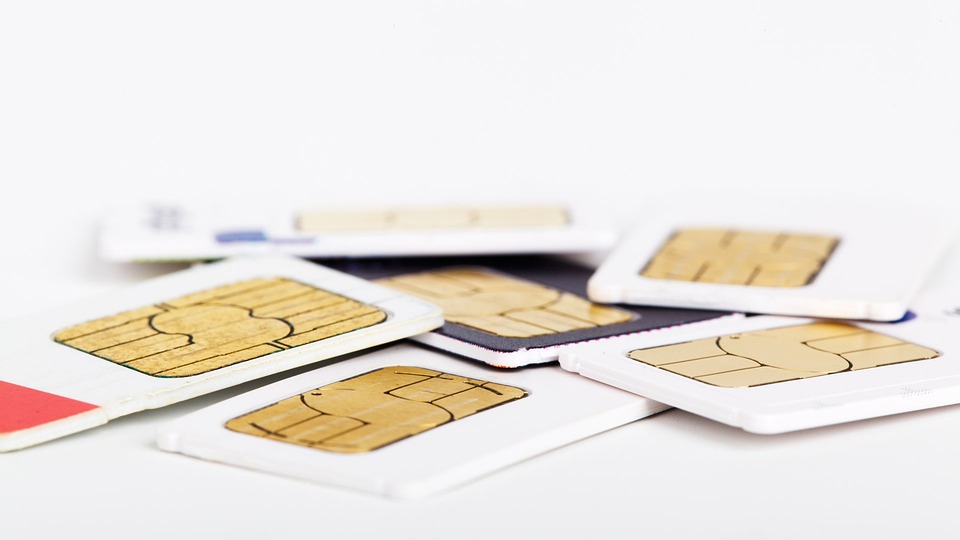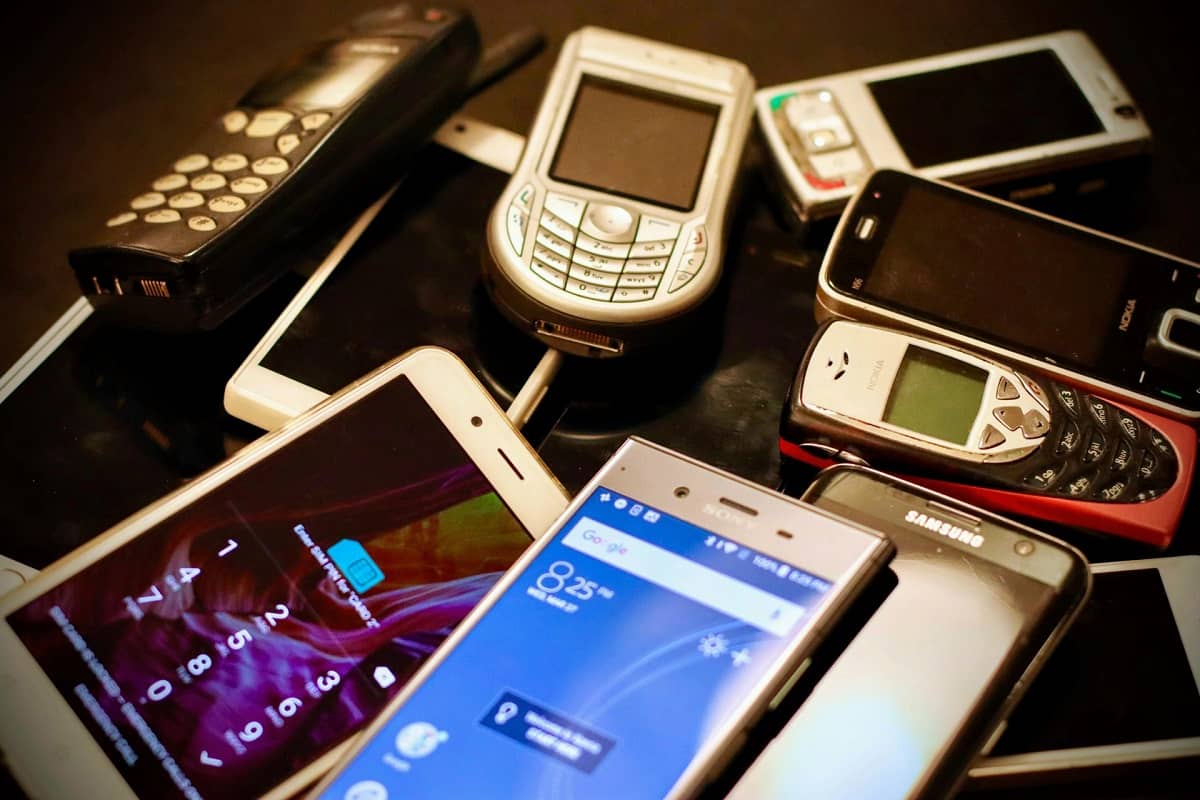Monthly, you make a payment for your mobile phone service, and there needs to be a way to connect that service to your device. This is where the SIM card, also known as the “subscriber identity module,” comes in, serving as the link between your phone and your phone bill.
Although authentication nowadays often occurs through a network utilizing a basic username and password, cell phones were developed before the Internet era. Consequently, SIM cards may seem somewhat outdated. Nevertheless, the industry is attempting to contemporize while sustaining reverse compatibility with earlier devices, resulting in the emergence of various SIM card formats. The latest advancement in this endeavor to preserve space in smartphones is the iSIM.
For quite some time, physical SIM cards have been in existence. They are the plastic pieces you receive from your mobile network provider and insert into your mobile device. A tiny gold chip, similar to those on credit cards, establishes electrical contact with the slot in your phone. Even these physical cards conform to their standards and have decreased in size over time. These standards include Mini SIM, Micro SIM, and Nano SIM, which all incorporate the same chip but differ in the amount of plastic that surrounds it.

SIM cards are essentially computers, complete with a CPU, RAM, ROM, flash storage, and an operating system that is stored beneath the gold contacts. When inserted into a phone, they receive a few volts of power, boot up, and begin communicating with the network. Nowadays, SIM cards employ something akin to the ARM SecurCore SC300, a 32-bit, approximately 20MHz Cortex M3 core with roughly 8KB to 30KB of RAM (which implies that your wallet also contains ARM chips). Typically, they possess around 265KB of storage space for storing crucial data like your International Mobile Subscriber Identity (IMSI) number. This number connects your phone to your phone number and enables billing. It also stores other information that links your phone to a specific network.
Although some phones still require SIM cards for regional compatibility or cost-effectiveness, the physical SIM card is becoming obsolete for flagship phones and smaller devices such as smartwatches. The tech industry considers it unacceptable to allocate even a few millimeters of space for a headphone jack, let alone a plastic chip that is needed just to set up service on your device.
The “nano-SIM” form factor revolutionized the size and design of SIM cards by removing the excess plastic and leaving only the essential gold component. This change required modifications to the electrical connection, which ultimately led to the development of eSIMs or embedded SIMs. eSIMs are designed to have all the necessary components of a traditional SIM card. They are directly integrated into a device’s motherboard through soldering, resulting in a much smaller size than the standard physical card.
eSIM: The Future of Mobile Connectivity Built into Your Motherboard
eSIMs are essentially SIM cards that have been redesigned to fit into a new electrical package, although they retain the same 32-bit ARM chip and limited RAM and storage. Rather than being slotted into a removable slot, they are permanently connected to the device’s motherboard. This allows for greater flexibility in terms of chip package size and motherboard connection without the need to worry about compatibility with other devices. The size of the chip and the connecting bits can be customized to fit specific needs. eSIMs initially started at 6×5 mm, which was almost half the size of the nano SIM at 12.3×8.8 mm, and have continued to shrink over time, with some models available in 2 mm squares today.

The benefits of eSIM go beyond just the physical size of the card itself. By eliminating the need for a physical SIM card reader, device manufacturers can save space and reduce costs. This also makes it easier to design waterproof devices, as there is no need to worry about making the SIM card opening water-resistant. This can be a significant advantage, especially for wearables like smartwatches, which debuted the use of eSIMs with the Galaxy Gear S2 Classic 3G in 2016. The Apple Watch Series 3 also incorporated an eSIM chip in 2017.
In 2017, the Google Pixel 2 was the first smartphone to feature an eSIM. The iPhone began to incorporate eSIMs with the release of the iPhone XS in 2018, and Samsung followed suit in 2021 with the Note 20. Initially, some of these devices could support both eSIM and physical SIM cards simultaneously. However, nowadays, it’s not uncommon for flagship smartphones to no longer have a physical SIM slot at all, relying solely on eSIM technology.
The inability to remove an eSIM card can lead to some challenges. Unlike physical SIM cards, eSIMs must be provisioned entirely over the Internet, which requires increased carrier cooperation. Apple made a significant move by eliminating physical SIMs with the iPhone 14, which served as a wake-up call to carriers that had been slow to adopt the optional technology.
Setting up or transferring an eSIM on some carriers like Google Fi is a straightforward process accomplished by simply tapping a few buttons within the carrier app. However, not all carriers are as user-friendly. Compatibility remains an issue with some carriers failing to support eSIMs on certain phone models, although the situation is gradually improving. For those who frequently travel overseas and are accustomed to purchasing a random SIM card at the airport, the use of eSIMs presents a challenge. Since SIM cards have a universal compatibility legacy that has spanned three decades, eSIMs have not yet achieved the same level of ubiquity.
The Rise of iSIM: Shrinking the Future of Mobile Connectivity
Eliminating large SIM cards, slots, and trays is a positive step toward saving space, but there is more room for improvement beyond placing a chip on a motherboard. The system on a chip (SoC) is the foundation for modern devices smaller than laptops, and increasingly for laptops too. Instead of separate components for a CPU, GPU, modem, audio, and controller hubs, the SoC poses the question, “What if we combined everything into a single chip?” This approach eliminates the need for multiple chip packages and motherboard routing, allows for unified cooling, and ultimately saves space.
By integrating various components into a single SoC, the power consumption is reduced, there is more space for the battery, leading to better battery life and portability. This has been a game-changer for smartphones and enabled the development of smartwatches. The idea behind the SoC is to include anything universal across all models, and everything else, such as storage and RAM, can be easily customized to offer different product tiers.
Therefore, integrating the SIM card silicon into the SoC is a logical step. The iSIM or Integrated SIM is a component of the SoC that replaces the SIM “card.” Being part of the SoC, the eSIM can be made extremely small. It can be less than one-millimeter square in size compared to the traditional 12×8.8mm nano-SIM. Furthermore, as the eSIM is part of the SoC, it will continue to shrink as SoCs in flagship smartphones and smartwatches use state-of-the-art manufacturing technologies with increasingly smaller transistors.
Kigen, a SIM company that originated from Arm, claims that iSIMs are significantly smaller and cheaper than eSIMs and consume up to 70% less power. The software aspect has already been resolved, and the activation process for iSIMs is identical to that of eSIMs, requiring over-the-Internet provisioning since they are integrated into the device permanently. Carriers that have already adopted eSIMs should be able to support iSIMs without any issues. As a result, users should not be able to tell the difference.
To date, iSIMs are not yet available in phones, despite the widespread use of eSIMs. The iSIM offers significant benefits over eSIMs, and there is no downside to switching to an iSIM-only phone. Qualcomm is the first major chip vendor to offer iSIMs, with its Snapdragon 8 Gen 2. Other vendors are likely to follow suit soon. The iSIM represents the logical conclusion of the trend toward smaller and more integrated components, as it can’t get any smaller than a component integrated into the SoC.





